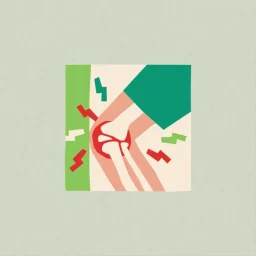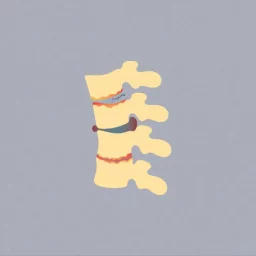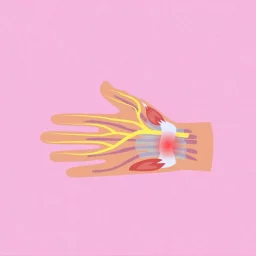Ankle sprains are a common complaint from our patients, especially with young athletes, but they can happen at any age. Proper assessment, diagnosis and management are crucial for rehabilitation and return to activity. Whether you like walking, running, or skiing, we are here to help you recover from your ankle sprain. Keep reading to understand the causes, symptoms and effective management of the far too common injury, the ankle sprain.
Causes of Ankle Sprains:
Ankle sprains commonly occur when the foot rolls inward or outward beyond its normal range of motion, leading to excessive stress on the ligaments. Sporting activities, particularly those involving sudden changes in direction or uneven surfaces, are frequent culprits. However, everyday activities, such as walking on an uneven surface or wearing inappropriate footwear, can also contribute to ankle sprains.
Classification of Ankle Sprains:
Ankle sprains are classified into three grades based on the severity of ligament damage:
Grade I: Mild sprain with slight stretching and microscopic tearing of ligaments.
Grade II: Moderate sprain involving partial tearing of ligaments, leading to increased instability.
Grade III: Severe sprain with complete tearing of ligaments, resulting in significant joint instability.
Symptoms:
The symptoms of an ankle sprain can vary depending on the severity of the injury. Common indicators include pain, swelling, bruising, and difficulty bearing weight on the affected ankle.
Diagnosis and Assessment:
Diagnosing an ankle sprain involves a thorough examination by a healthcare professional. This may include assessing the range of motion, and joint stability, and performing imaging tests such as X-rays or MRI to rule out fractures and assess ligament damage. Proper diagnosis is essential for determining the appropriate course of treatment.
Immediate Care and R.I.C.E Protocol: The initial management of an ankle sprain involves following the R.I.C.E protocol:
- Rest: Avoid putting weight on the injured ankle to prevent further damage.
- Ice: Apply ice to the affected area to reduce swelling and alleviate pain.
- Compression: Use a compression bandage to minimize swelling and provide support.
- Elevation: Elevate the ankle above the level of the heart to reduce swelling.
Physiotherapy and Rehabilitation:
Physiotherapy plays a crucial role in the recovery process for ankle sprains. Therapists design tailored rehabilitation programs to improve strength, flexibility, and proprioception. Range of motion exercises, balance training, and strengthening exercises are essential components of an effective physiotherapy regimen.
Gradual Return to Activity:
As healing progresses, individuals are guided through a gradual return to normal activities and sports. It is very important to follow the recommendations from your physiotherapist about your structured rehabilitation plan to prevent re-injury and ensure the ankle regains its full functionality.
Prevention Strategies:
Preventing ankle sprains involves adopting preventive measures, including:
- Proper Footwear: Wear appropriate shoes for specific activities.
- Strength and Flexibility Training: Engage in exercises that enhance ankle strength and flexibility.
- Balance Training: Improve proprioception and balance to reduce the risk of awkward twists.
- Warm-Up and Stretching: Prioritize warm-up and stretching routines before engaging in physical activities.
Understanding the causes, symptoms, and effective management of ankle sprains is crucial for recovery. From immediate care using the R.I.C.E protocol to rehabilitation, and preventive strategies, a comprehensive approach ensures a successful recovery and minimizes the risk of future ankle injuries. Prompt assessment of an ankle sprain will facilitate a quicker return to normal activities and also help prevent long-term complications associated with untreated ligament injuries. For more information book an assessment with one of our expert physiotherapists at CURAVITA Health Group. We have 2 clinics to serve you at Curavita Byward and Curavita Glebe in Ottawa.
Byward Market
Email: info.byward@curavita.com
Glebe
Email: info.glebe@curavita.com
















